
Researchers have been trying to find a way to screen populations at high risk of developing a precursor condition to multiple myeloma in order to intervene early and reduce disease prevalence and mortality.

Researchers have been trying to find a way to screen populations at high risk of developing a precursor condition to multiple myeloma in order to intervene early and reduce disease prevalence and mortality.

Despite price tags well over $350,000 for treatment, tisagenlecleucel, approved for children with B-cell acute lymphoblastic leukemia, and axicabtagene ciloleucel, approved for adults with certain B-cell subtypes of non-Hodgkin lymphoma, are considered cost effective, according to a report from the Institute for Clinical and Economic Review.

“Even though we have all these fancy, effective drugs,” said Shaji K. Kumar, MD, “supportive care still plays an important role in multiple myeloma.”
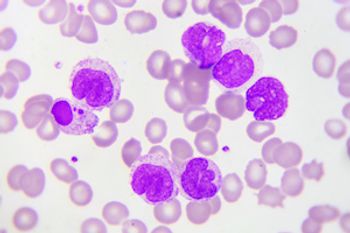
Researchers have identified malignant cells that, if present, can predict whether a patient with acute lymphoblastic leukemia (ALL) will relapse after treatment.

Thomas LeBlanc, MD, Duke Cancer Institute, addresses the ways palliative care and hospice can improve end-of-life outcomes for patients with blood cancers.

The FDA has approved brentuximab vedotin (Adcentris) in combination with chemotherapy for adults with previously untreated state 3 or 4 classical Hodgkin lymphoma based on results of the ECHELON-1 study.

Patients with acute myeloid leukemia (AML) who were treated at a National Cancer Institute-designated cancer center had a 53% lower risk of early mortality, according to a study published in Cancer.
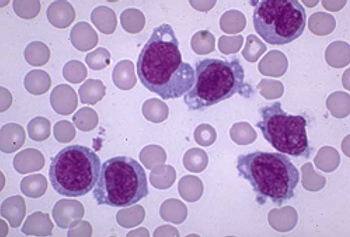
A new study recently published in Proceedings of the National Academy of Sciences has identified a possible solution for improving the efficacy of moxetumomab pasudotox, or moxe, in patients with relapsed and chemotherapy-resistant acute lymphoblastic leukemia.

Every week, The American Journal of Managed Care® recaps the top managed care news of the week, and you can now listen to it on our podcast, Managed Care Cast.

Thomas LeBlanc, MD, Duke Cancer Institute, discusses the trends of hospice care services used among patients with blood cancer compared with patients with solid tumors.

Patients who had breast cancer or lymphoma who were treated more than 3 times are more likely to develop congestive heart failure than those who did not have cancer, according to research being presented at the American College of Cardiology’s 67th Annual Scientific Session.

This week, the top managed care stories included Cigna's deal to buy Express Scripts; Seema Verma, Alex Azar, and Scott Gottlieb, MD, made the rounds at health conferences; an analysis finds FDA's accelerated approval pathway has been a success with hematology and oncology drugs.

Reviewing 25 years of experience with accelerated approvals (AAs) for malignant hematology and oncology drugs and biologics, FDA officials say that the AA program has demonstrated that it can be used successfully to expedite approval of safe, effective cancer therapies that balance uncertainty with the need to provide faster access to promising agents for serious and life-threatening diseases.

During a discussion, 4 panelists addressed their main issues of growing up with rare diseases, including that physicians often doubted their feelings of pain and distress.

New research has found that allogeneic hematopoietic stem cell transplantation is just as effective in patients with non-Hodgkin lymphoma who are age 65 and older as it is in patients between the ages of 55 and 64.

Coverage of patient-centered care updates from Patient-Centered Oncology Care, November 16-17, 2017.
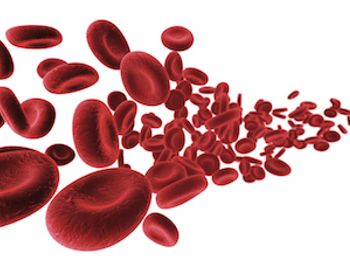
Blood or marrow transplantation (BMT) can have an impact on a patient’s cognitive functioning, affecting a survivor’s ability to integrate with a group of people and return to work. In addition, BMT recipients can experience a weakened memory, a loss of attention and concentration, and difficulty learning.

CAR T-cell therapies tisagenlecleucel (Kymriah, Novartis) and axicabtagene ciloleucel (Yescarta, Kite Pharma/Gilead) may come with hefty price tags, but the cost-effectiveness of both therapies fell below or within commonly cited thresholds of $50,000 to $150,000 per quality-adjusted life years, according to a report by the Institute for Clinical and Economic Review.

Patients with chronic myeloid leukemia (CML) who have a sustained deep molecular response can maintain treatment-free remission for at least 48 weeks after using second-line nilotinib, according to a new study published in Annals of Internal Medicine.

New research published in The Lancet Oncology found that denosumab was noninferior to zoledronic acid for time to skeletal-related events in patients with newly diagnosed multiple myeloma.

The annual price of monoclonal antibody therapies used in oncology and hematology is about $100,000 higher than those used in other disease states.
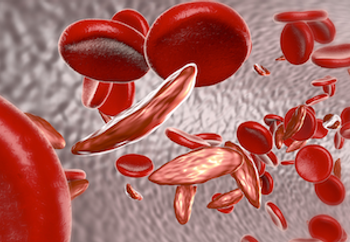
Sickle cell disease (SCD), the most common inherited blood disorder in the United States, is marked by episodes of acute pain, but there is increasing recognition that it can transition to chronic persistent SCD pain. A recent study found that the presence of pain on 3 or more days a week is independently associated with worse patient-reported pain interference and anxiety.
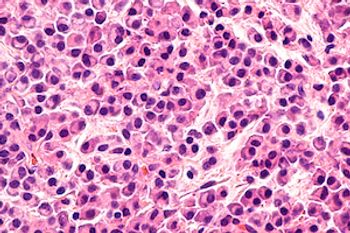
The addition of daratumumab to standard-of-care regimens used to treat multiple myeloma, such as bortezomib, melphalan, and prednisone, decreased the risk of disease progression or death in newly diagnosed patients who were ineligible for autologous stem-cell transplantation.

Researchers have used super-resolution microscopy to unveil the geodesic mesh that supports the outer membrane of a red blood cell, in a discovery that could eventually help uncover how the malaria parasite hijacks this mesh when it invades and eventually destroys red blood cells. The work was published in the latest issue of Cell Reports.

A long-term follow-up analyzing the toxic effects and results from a phase 1 clinical trial of adult patients with relapsed B-cell acute lymphoblastic leukemia (ALL) who were treated with CD19-specific chimeric antigen receptor (CAR) T cells found patients with low disease burden had a longer medial overall survival and a lower incidence of toxicity.

259 Prospect Plains Rd, Bldg H
Cranbury, NJ 08512
© 2025 MJH Life Sciences®
All rights reserved.
